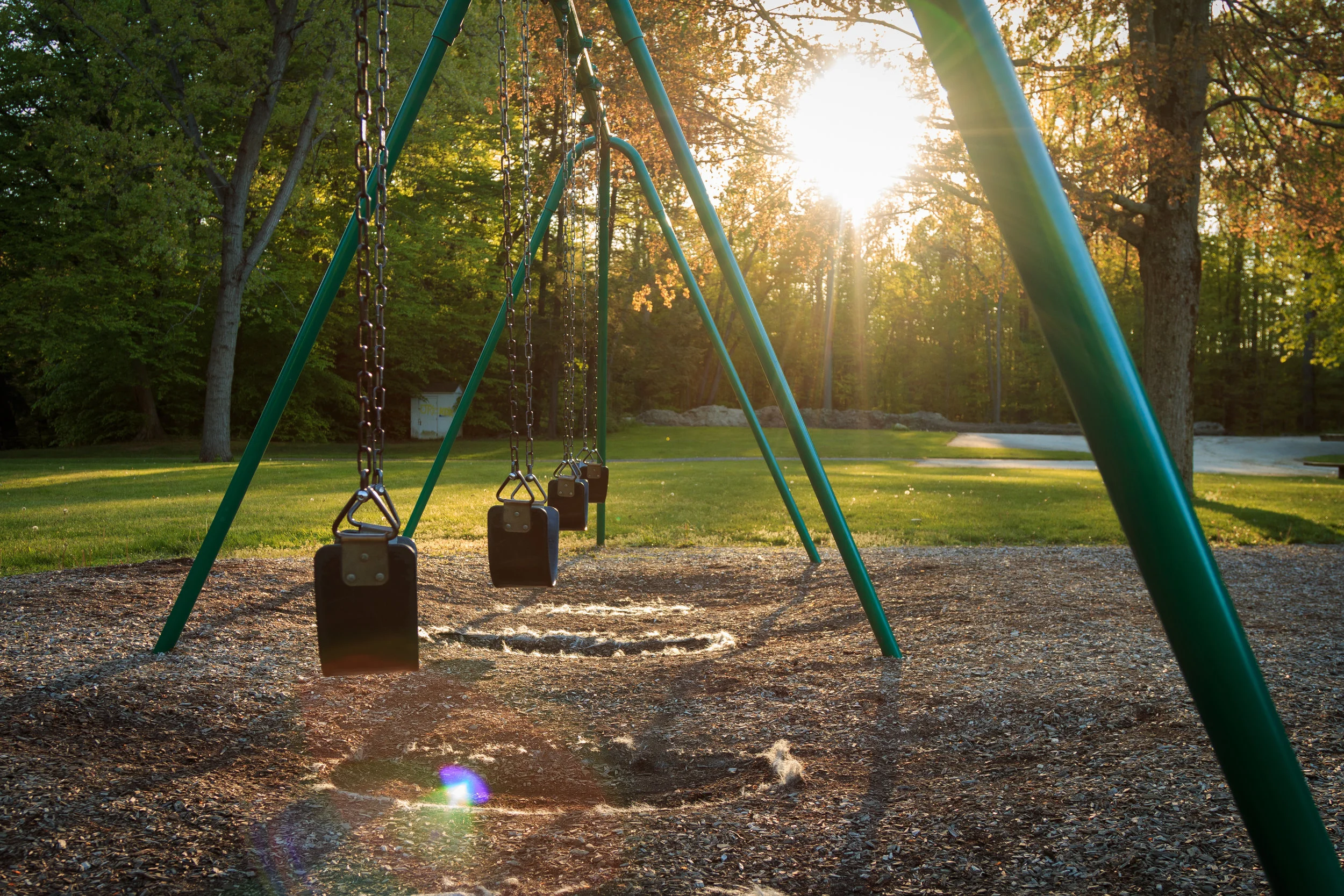The easy answer is:
Not Me.
That probably doesn't surprise anybody, since I am more than happy to find ways to avoid spending money and falling into the "Shoe Game" trap is one way to spend lots of money. Now there are some of you who know exactly what I am talking about and some of you, who have no idea. Here's the crash course on shoe game:
A shoe game is a game played by students (maybe even some adults) in schools. I don't know the age range of the participants, but the students in 7th and 8th grade at my school worry about their 'shoe game.' A shoe game is a comparison between the amount and type of shoes owned. This is a big deal to my students in middle school, because having a bunch of different shoes and really nice shoes is a status symbol. This could possibly be from the fact that my school has a dress code for shirts, jackets and pants, but no dress code on shoes.
Students are so caught up in this game, and will even go to drastic measures to avoid 'creasing' their shoes. 'Creasing' a shoe is the normal wear and tear from the bend of your shoe as you walk. Your shoes will eventually get creases from the steps that you take every day. Students try to avoid getting creases in their shoes by walking like penguins.
This was no more prevalent than last week, when we were completing an activity in my class. This activity got the students out of their seat and tried to connect movement with learning. One of my students stated, "I can't do this, because I don't want to crease my shoes."
That's right, I had a student who was trying to refuse to do work, because they didn't want to mess up their shoes. From where I come from, you buy one pair of shoes and wear them until they go bad. These students have a different pair of shoes for every day of the week. It's a completely different culture and one I feel puts some parents in a predicament.
This predicament was very prevalent one day as I was browsing Facebook. A friend of mine has a child in school. She posted a picture of a new pair of shoes that she was getting for her child. Below the picture, the caption stated, "Keeping my child's shoe game alive."
I don't know if this scares anyone, but it scares me. Children will follow their parents lead and they will learn what's important and what is not important. By spending money on all these shoes, you are telling the child that stuff is important. You are teaching them that their status in school is important.
Is this what we want to be teaching our children? That stuff is so important that we waste money on the fancy shoes just to win an unimportant game in school. That's not what I want to teach my child. I want to teach my child common sense, not an exorbitant lifestyle. I want to teach my child that it doesn't matter what people think about you. I want to teach my child that having 'stuff' is never a way to impress someone. I want to be a parent who teaches their child about the importance of relationships over stuff. I want to teach my children self-control. That's right, self-control. Sometimes self-control requires you to make choices. It requires you to parent and sometimes that calls for the following reassurance:
It's okay to tell your child 'no.'
I know this may scare some parents. It may even cause a little discomfort in the household, but children need to learn that they can't get everything that they want. There is no need for a kid to have 15 different pairs of shoes. There is no need for a child to participate in this cultural trend, especially if you are trying to get out of debt or struggling to pay the bills. One pair of tennis shoes is enough for any kid. It's simple self-control and discipline.
Do you struggle with telling your children 'no?' Do you struggle telling yourself 'no?' Is the shoe game trend a country wide epidemic? Do any adults worry about their shoe game? Reply in the comments section.
Reaching the Financial Summit, Starts with You!
Contact the writer here, or follow him on twitter @summitofcoin.
Steps to Dealing with Children Wants
- Make sure you budget for every expense, prior to buying wants (including ours).
- If there is money in the budget for some wants. then go ahead and spend some money on wants.
- Don't buy wants, if there is not money in the budget.
- Understanding that 'no' is an okay response to a child's request.
- Teach your child to use money in 3 ways (Spend, Save and Give).
- Teach your child to use their spend money to buy things that they want.
Did I miss anything?






